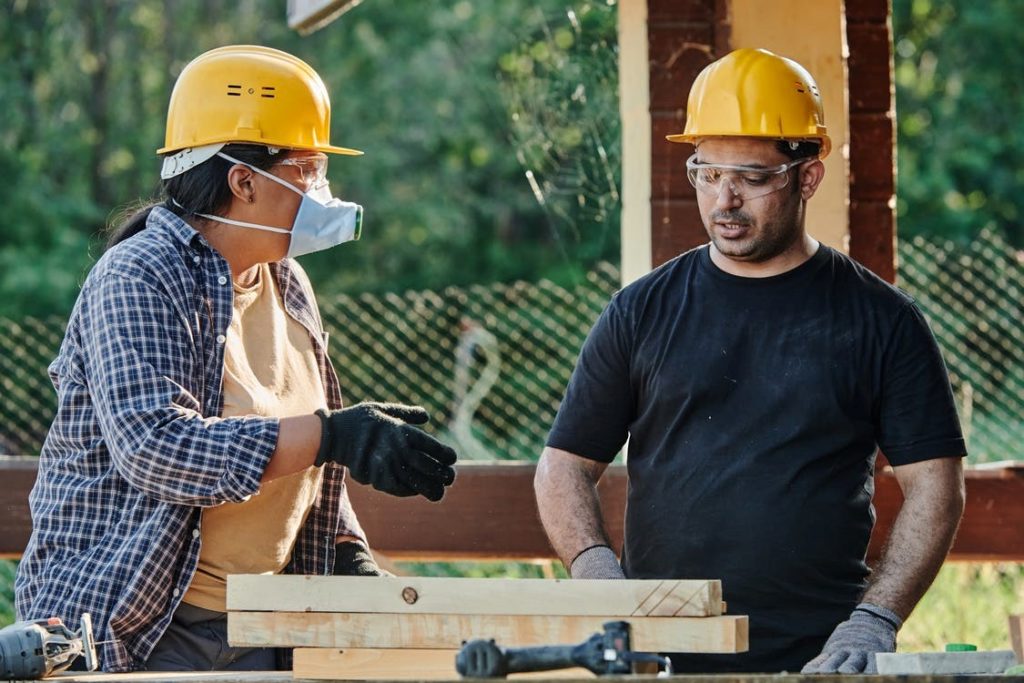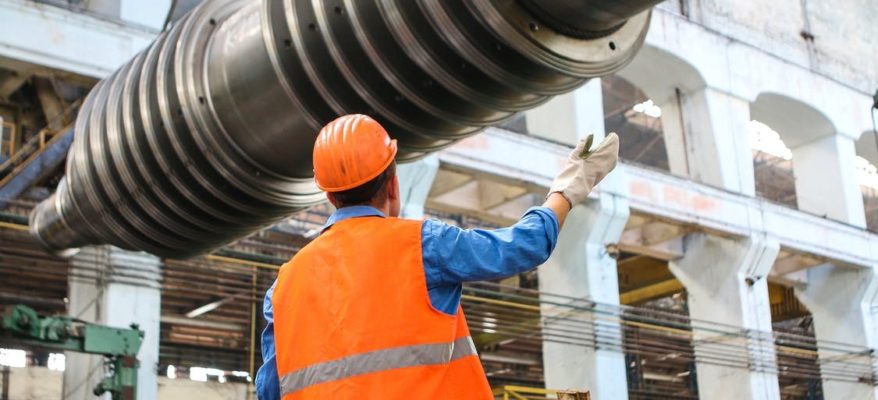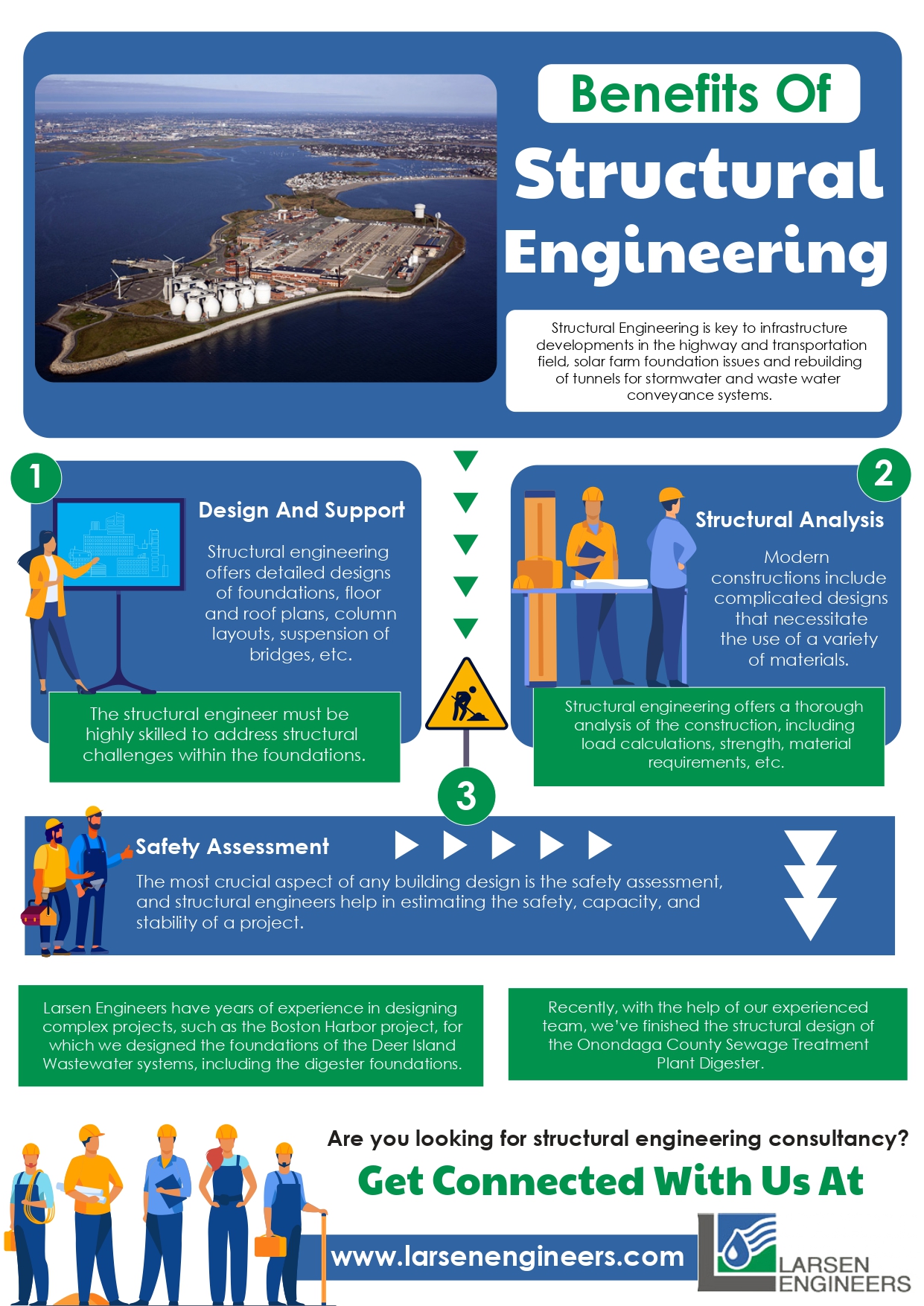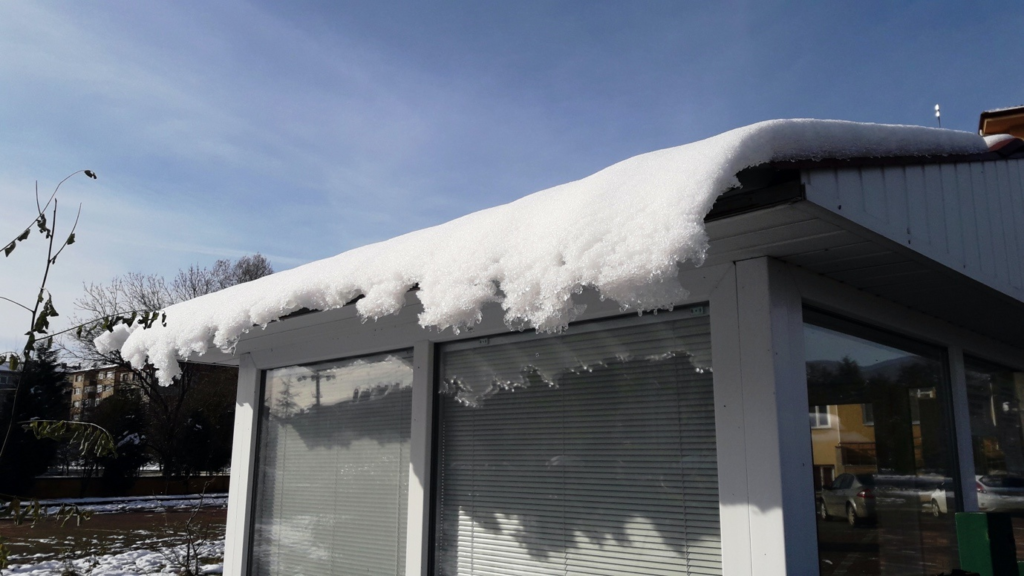Sustainability means supporting and providing for ongoing ecosystems by substituting environmentally harmful activities with those that sustain the ecosystem. The process incorporates curbing down the usage of greenhouse gases, promoting the practices of recycling and upcycling. In terms of sustainable engineering projects, engineers are expected to develop infrastructure that will support the vision of sustainability for growing generations.
A few leading sustainable projects in the US include:
- The Edith Green-Wendell Wyatt Federal Building Modernization
- The Gateway Center- SUNY-ESF College of Environmental Sciences and Forestry
- John and Frances Angeles Law Center
Almost all sustainable projects begin with the same cornerstones: the structural drawings. Here’s where a structural engineer comes in. A structural engineer is responsible for analyzing construction risk factors, construction strategies and performing calculations. A quality structural engineer would consider the fact that natural resource depletion has already harmed the ecosystem. Their services for the construction phase should seek natural resource preservation.
Here’s why you need ace structural engineers for sustainable projects.
To Support Your Zero-Waste Ideology
A competent team of structural engineers would design to reduce waste and incorporate more sustainable construction materials into the design plan. This also involves maximum utilization of resources and the structural planning and construction budget, including:
- Designing beam resistance such that it equals the load. If the safety codes are fully abided, the practice leads to cutting down the usage of extra construction material.
- Considering each structural unit separately helps constructors safe construction material. Many construction sites are required to be structurally innovative. They comprise geometric shapes and unique materials. The structural innovation here can help reduce concrete/timber/steel usage.
The present-day structural engineer has greater challenges at hand. Along with the global environmental perspective, they are also responsible for providing structural design and energy conservation solutions for today.
Only opt for construction management services that comprise a competent team of structural engineers.

Ace Structural Engineers Abide by the LEED Rating System
Competent structural designers are LEED-certified and understand the rating of each project on the LEED-provided parameters. The Leadership in Energy and Development Design (LEED) certification is developed by the US Green Building Council. The certification system is followed all over the world. Constructors and engineers keen on following the LEED-specified model tend to cater to all dimensions that need sustainable construction.
Specify Recycled Materials that Can be Used During Construction
Many construction projects in the UK and USA use recycled steel for construction. The initiative would greatly excess steel manufacturing for construction material. Similarly, sand and crushed glass for pavements and road slabs are also an option under much consideration. Quality structural engineers deal with material recycling and upcycling well. Their calculated construction designs make sure extra material is not ordered or is scattered throughout the construction site.
Community planning and infrastructure management call for an experienced and highly competent team of engineers. In business for decades, Larsen Engineers never disappoints when it comes to waste management engineering and energy-saving solutions. The Spruce Haven Farm and the Green Innovation Grant Program are some programs we have supervised and maintained for energy conservation.
To hire our service, call (585) 272.7310.





